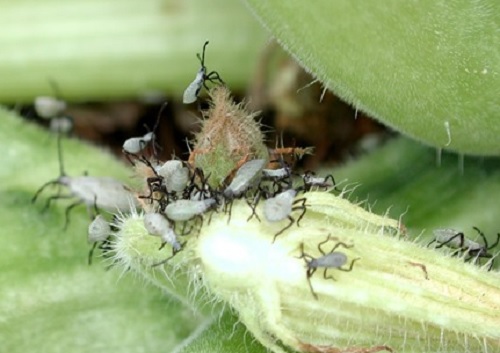Catalogue of traps and pheromones
Download traps and pheromones list

Download document
1.02 mb
The Passionvine bug, is a widespread pest of many kinds of crops, including fruits, vegetables, grains, nuts and ornamentals. It has been reported as a major pest in citrus groves, where its feeding on ripening fruit causes premature color break and fruit drop.

Its host range includes mung beans, navy beans, cowpeas, legumes, passion fruit, cacao, coffee, avocado, macadamia, mango, cashew, citrus, pomegranate and cucurbits.
Nymphs typically prefer buds and young fruits, whereas the adults feed on leaves, stems, and fruits. However, both nymphs and adults damage their host plants. If the damaged fruit grows, it will wither or wrinkle on the surface, losing its commercial value. The damaged branches and fruit have brown spots and lose their value even if the damage is weak. Moreover, this species can carry Phytomonas sp. in their gut and salivary glands, and it is considered a potential vector of flagellates and fungi.

It is found in Africa, the Caribbean, Central America, North America, South America, Southern Asia and Oceania.

The female attaches chains of about 16 eggs in lines to twigs or stems of the host plant. These hatch after about a week and the nymphs moult five times as they grow. They are similar in appearance to the adults but are reddish when young with dark spines on head and thorax. They cluster together at first but later disperse more widely around the plant. Both adults and nymphs suck sap from the cells of the host plant, injecting toxic saliva, and this may cause the shoot to shrivel.

Nymphal development takes about seven weeks and the whole life cycle takes nine or ten weeks. Passionvine bug deposited 214 eggs in 11-16 egg masses, which took 10 days for hatching.

SYNONYM:
Fabrictilis australis
Leptoglossus australis
Leptoglossus membranaceus
Theognis gonagra
Theogonis gonagra
Download traps and pheromones list

1.02 mb
Review our catalogue of pheromons and semiochemicals by chemical name

525.1 kb